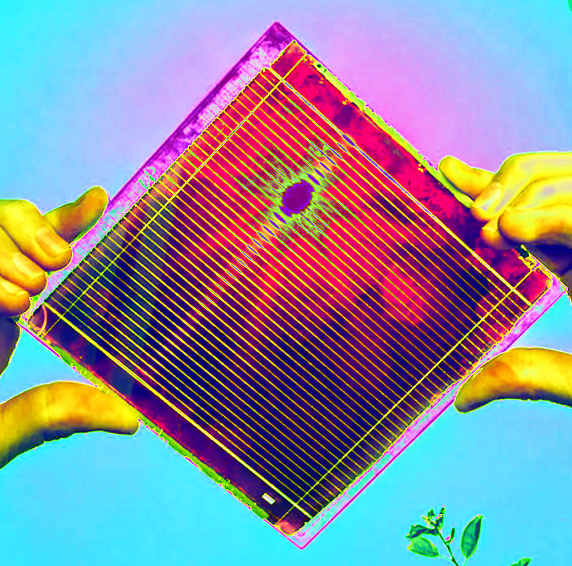Perovskite cells boosted
 Korean researchers are improving the efficiency of next-gen solar cells.
Korean researchers are improving the efficiency of next-gen solar cells.
A new study reveals some groundbreaking advancements in the stability and efficiency of perovskite solar cells (PSCs).
The research is another step on the path to the commercialisation of PSCs, and also holds great promise for green hydrogen production technology.
The study was undertaken by a team from the School of Energy and Chemical Engineering at UNIST, under the leadership of Professors Sung-Yeon Jang, Jungki Ryu, and Ji-Wook Jang, in collaboration with Professor Sang Kyu Kwak from Korea University,
Perovskite solar cells have emerged as a frontrunner in photovoltaic applications, thanks to their lower toxicity and superior light absorption capabilities.
However, a major challenge has been the inherent ionic vacancies in tin-lead halide perovskites (TLHPs), which lead to device degradation through inward metal diffusion.
Addressing this, the team developed a chemically protective cathode interlayer using amine-functionalized perylene diimide (PDINN).
This innovative approach leverages nucleophilic sites to form tridentate metal complexes, thus effectively extracting electrons and curbing inward metal diffusion.
The application of the novel solution-processed PDINN cathode interlayer has yielded impressive results.
In terms of performance, the PV device exhibited a remarkable efficiency of 23.21 per cent, maintaining over 81 per cent efficiency after 750 hours of operation at 60°C and more than 90 per cent after 3,100 hours at room temperature.
The current world record for solar cell efficiency is 47.6 per cent, set in May 2022 using a more common type of concentrator cell.
Furthermore, the TLHP-based photoelectrochemical (PEC) devices, integrated with biomass oxidation, achieved a record-high bias-free solar hydrogen production rate of 33.0 mA/cm−2. This surpasses the US Department of Energy's target for one-sun hydrogen production by approximately 1.7 times.
“We have dramatically increased the long-term stability of tin-lead PSCs,” says Professor Sung-Yeon Jang.
“Our goal is not only to convert light energy into electrical energy but also to develop eco-friendly methods for producing basic chemicals, such as hydrogen, which form the foundation of various industries.”
The study was undertaken by a team from the School of Energy and Chemical Engineering at UNIST, under the leadership of Professors Sung-Yeon Jang, Jungki Ryu, and Ji-Wook Jang, in collaboration with Professor Sang Kyu Kwak from Korea University,
This research was supported by the National Research Foundation of Korea (NRF) under the Ministry of Science and ICT (MSIT).








 Print
Print